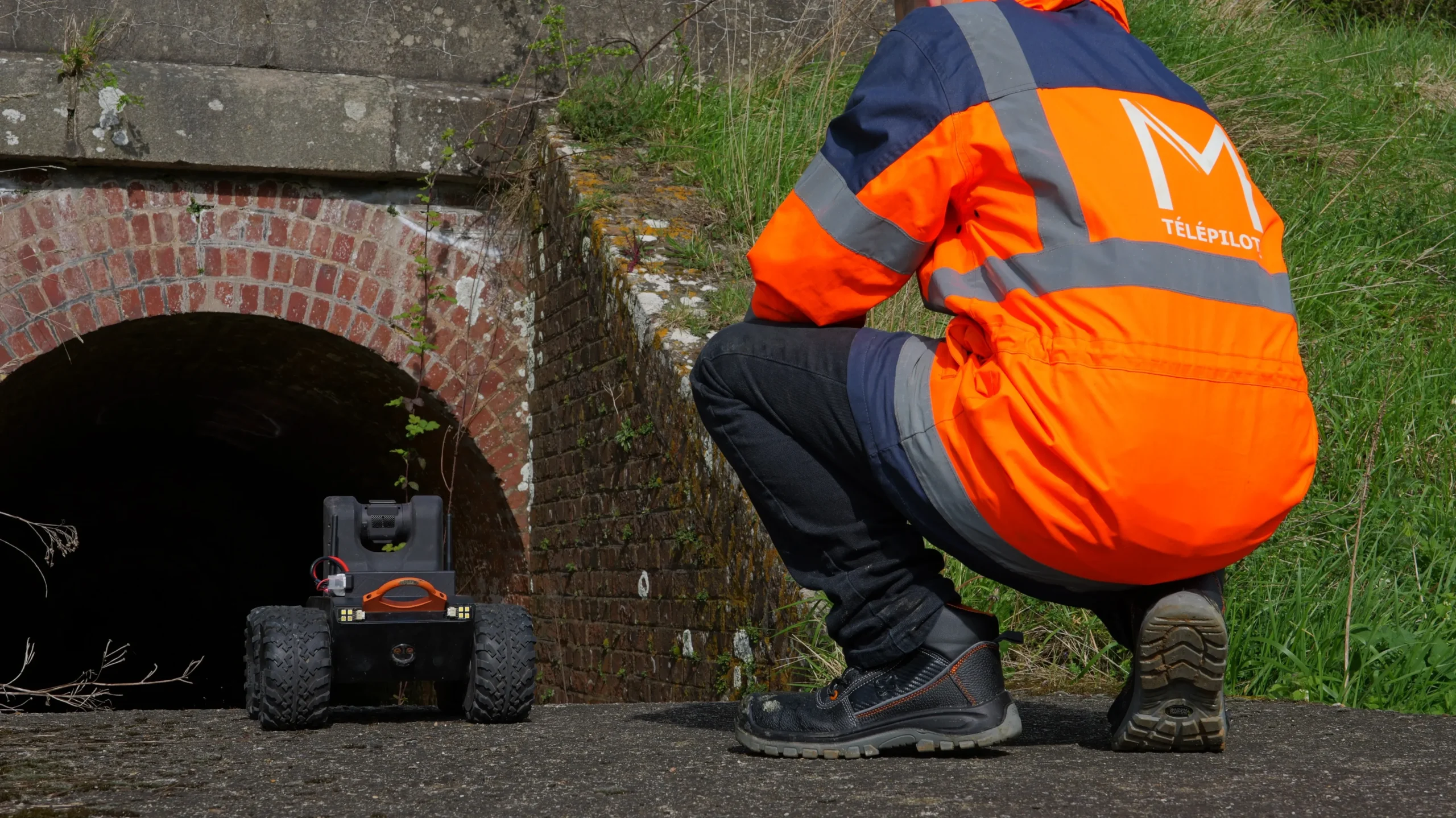In modern industry, production shutdowns for maintenance are crucial times. They offer the opportunity to inspect equipment, piping or structures which, in normal operation, are difficult or dangerous to access. But these environments often present high risks: extreme heat, corrosive chemicals, confined or toxic atmospheres. To protect personnel and guarantee accurate diagnoses, television inspection robots (TVIs) have become strategic tools. They enable visual inspections to be carried out without endangering operators, while optimizing the efficiency and reliability of interventions.
Safety issues during production shutdowns
During a production shutdown, maintenance teams often have to enter high-risk areas: tanks, ducts, shafts, confined or potentially contaminated zones. Several challenges arise:
- Exposure to hazardous elements: high temperatures, toxic vapors, chemical residues, oxygen-depleted atmospheres. These conditions call for protective equipment (PPE), safety procedures (ventilation, gas testing) and specialized skills.
- Containment and restricted space: access is often very tight, making it difficult for technicians to move around. Time spent in these areas must be limited to reduce risks.
- Costly logistics: working in hazardous areas often requires several operators, safety devices (ropes, lifelines, scaffolding) and rigorous planning.
- Inspection quality: under the pressure of rapidly restarting production, there is a risk of hasty or incomplete diagnoses if humans have to intervene manually in a hostile environment.
These challenges are a strong incentive for operators to automate visual inspections, in order to minimize risks to crews while maximizing inspection quality.
Robotics for high-risk inspections
Inspection robots such as the Roview2 from Multinnov are perfectly suited to these critical missions. Here's how:
Reducing human exposure
The Roview2 allows a robot to be sent into hazardous environments (confined spaces, ducts, partially submerged spaces) in place of an operator. This wireless robot is remotely controlled, which prevents technicians from physically entering high-risk areas, thus significantly reducing the likelihood of accidents due to heat, gas or falls.
Imaging quality and precision
The Roview2 features a 4K camera, mounted on a swivel turret (360° horizontal, 180° vertical), combined with powerful LED lighting (up to 12,000 lumens depending on version), guaranteeing high-definition images even in total darkness. These images make it possible to detect cracks, deposits, leaks or structural anomalies with the utmost precision.
Mobility and robustness
Weighing just 4 kg, the Roview2 is lightweight yet robust. It can navigate pipes and inclined ducts, and even float in the event of partial flooding, thanks to flotation blades. Its stability is enhanced - it can maintain its balance even on steep slopes - and it features real-time data uploading thanks to its wireless connection.
Autonomy
According to Multinnov, the robot has an autonomy of 2 hours, sufficient to carry out in-depth inspections during a production stoppage. This allows several critical points to be covered without the need for immediate recharging, optimizing inspection time.
Guaranteeing the safety and reliability of robotic operations
To maximize the benefits of robotization, certain safety practices and protocols must be strictly adhered to:
Rigorous preparation of interventions
- Preliminary analysis of the environment: study of plans, measurement of duct geometry, analysis of atmospheres (gas, temperature), identification of risk areas.
- Communication tests: check the wireless connection between robot and control unit, especially in shielded or complex environments.
- Clear mission plan: define inspection points, robot stops if necessary, duration of each driving segment.
Operator/maintenance coordination
- Dual supervision: one technician controls the robot, while another monitors the video transmission in real time, enabling immediate reaction in the event of an anomaly or technical problem.
- Alarm and evacuation procedures: include a rapid exit strategy for the robot or operator in the event of a fault, as well as back-up plans.
- Team training: operators need to be trained to pilot the robot, understand images, interpret faults and make decisions in real time.
Robot technical safety
- Stability and tilting: Roview2 features tilt warning mechanisms (e.g. at 30°) and can remain stable even at steep inclines.
- Waterproof and resistant: designed to operate in wet or partially flooded areas, the robot is certified waterproof and can float, making it suitable for inspections of structures with water accumulation.
- Secure transmission: the wireless connection is designed to transmit live data, minimizing the risk of signal loss and critical information during a mission.
Traceability management
- Captured video and images are recorded, time-stamped, and can be integrated into inspection/maintenance reports.
- Telemetric measurements (distance traveled, orientation, inclination) are also collected, enabling precise analysis of the robotic environment.
- This data can be fed into asset management systems or GIS databases to optimize the planning of future stoppages or interventions.
The use of TV inspection robots such as the Roview2 from Multinnov marks a turning point in the way production shutdowns in high-risk industrial environments are approached. By limiting human exposure, these robots guarantee precise, rapid and safe visual inspections, even in the most hostile areas. Thanks to their wireless mobility, robustness, autonomy and ability to provide high-definition images in real time, they are revolutionizing preventive maintenance. Combining operational rigor, team coordination and safety protocols means that this technology can be used to its full potential, guaranteeing infrastructure reliability while protecting operators.
Investing in robotized inspection means investing in the future: fewer accidents, fewer unplanned stoppages, finer diagnostics and intelligent maintenance - essential gains in an increasingly demanding industrial world.


